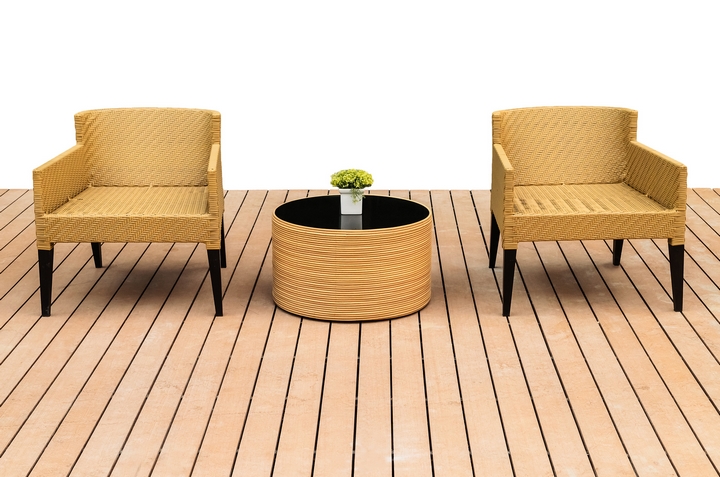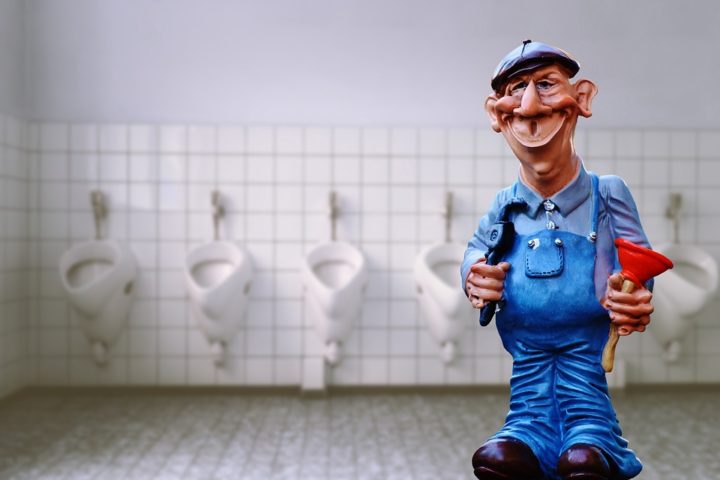One of the most important appliances to have in working order in your home is the toilet. Of course, it has one function, but that function is necessary to have it in good condition. Like all other appliances in your living arrangement, the toilet isn’t poised to last forever. You will find that there may be issues with it in the long term.
Sometimes, the problems can be dealt with directly by using a plunger. You will discover that the clogs inside are more challenging to contend with in other cases. Thankfully, there are multiple repairs you can use, most of which can be made at home with the right materials. These solutions may unclog a toilet if the plunger is not useful.
Learn about the seven ways to unclog a toilet without a plunger:
1. Dish Soap
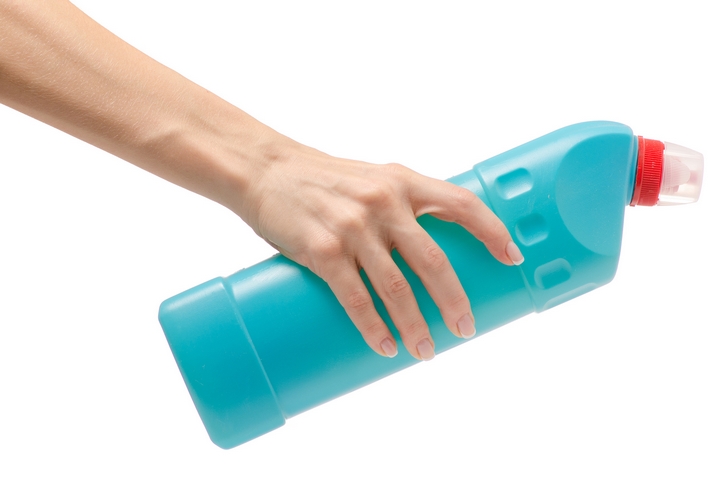
Sometimes, the best fixes to use are the easiest! Grab some dish soap that you have stored in your cabinet, and then bring it to the toilet in question. The next step involves pouring a modest amount into the bowl and letting it work its magic. Use about half of a cup, and then wait for about fifteen minutes.
The usefulness of dish soap comes down to the soap tackling the clogged pipes inside the toilet. Dish soap properties involve lubricating the pipes to release any present blockages. It is a relatively easy fix to implement and worth a couple of tries if the first attempt does not work.
2. Drain Snake
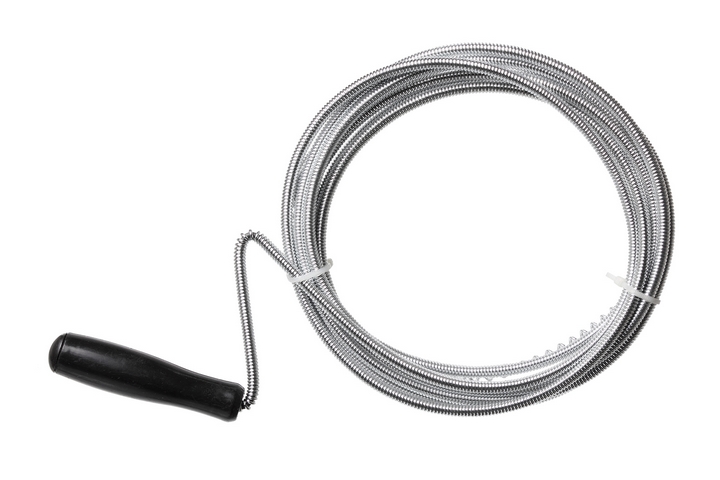
The plunger is one of the best tools available to use in the event of a clogged toilet. It does not work as you would like it to in some cases. However, the plunger is not the only physical tool in this scenario. A drain snake will be your next best option to unclog your toilet.
Also known as a drain auger, a drain snake is a tool that can be pushed deep inside of the toilet’s pipes. Stick the snake inside until you reach the clogs blocking the toilet from working. Claw out these blockages using the drain snake until they have been fully removed from the pipes.
3. Baking Soda
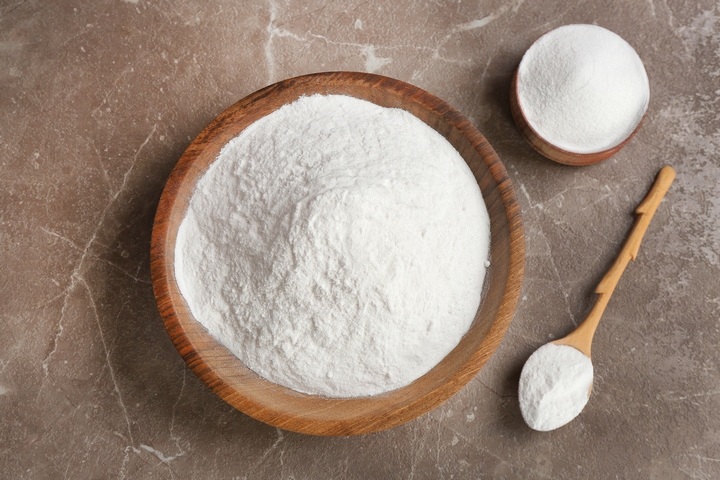
When it comes to using homemade solutions using different ingredients, baking soda is a powerful fix. To kickstart this process, pour one cup of baking soda into the toilet, followed by two cups of vinegar. Wait for about fifteen to twenty minutes before pouring hot water down the bowl.
The result of this solution is incredibly potent and is strong enough to break apart even the toughest of clogs. Sometimes, it may take more than one attempt with this solution. Due to many reasons why your toilet may be clogged, it is worth more than one shot. You can, however, do no wrong with baking soda!
4. Epsom Salt
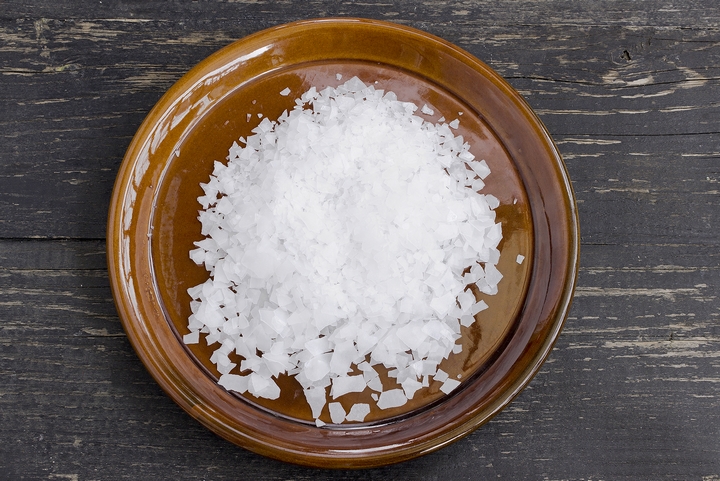
Epsom salt may be worth an attempt alongside other powerful ingredients to consider. Like baking soda, Epsom salt creates a powerful, fizzy effect when mixed with water. This effect is strong enough to break apart clogs that may be hidden inside the toilet’s pipes.
Add some salt into half of a cup of hot water, and pour the solution down the drain. Wait for about fifteen to twenty minutes, and then flush the toilet. All should now be well with the appliance unless there may be more clogs hidden inside. Repeat the process a couple more times, and you should be good to go.
5. Plumber
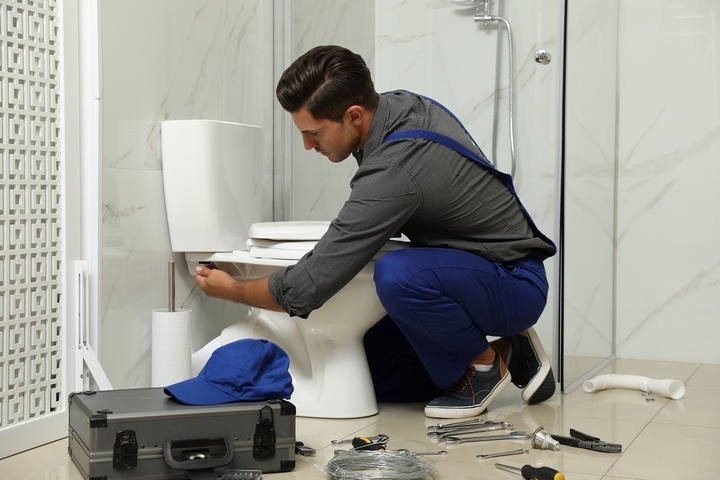
It may be seen as a last resort, but calling a plumbing service may be necessary. Should the clogs prove to be more difficult than anticipated, it is recommended to call a plumber. These professionals will be able to locate the clog inside of the toilet and find the right fix. Sooner or later, your toilet will no longer be impeded by clogs!
6. Drain Cleaners
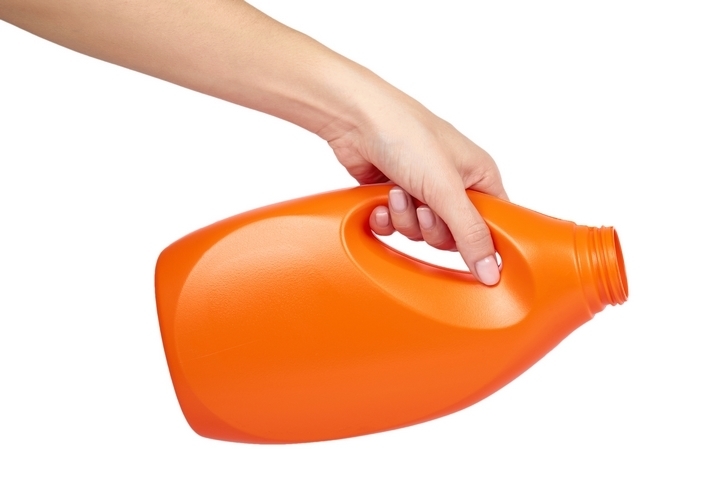
In terms of risky solutions worth considering, a drain cleaner may be worth a shot. Drain cleaners comprise various chemicals that can be extremely powerful when in use. However, you should only use a drain cleaner once all other options have been exhausted. After all, you do not want to risk damaging your toilet’s plumbing even more.
7. Waiting It Out
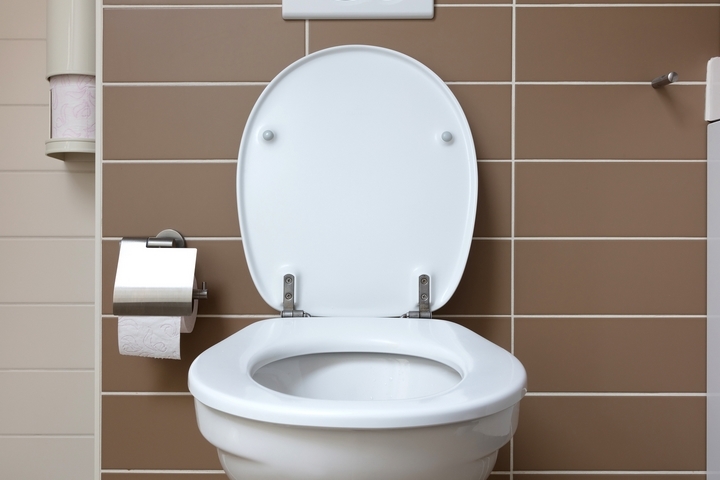
In some circumstances, you may discover that the best option to use is to simply wait. Clogs inside toilets are not invulnerable, despite evidence to the contrary. If it is not pressing, wait a day for the toilet’s pipes to naturally break apart the clogs. Sometimes, adding hot water may also expedite the process.



